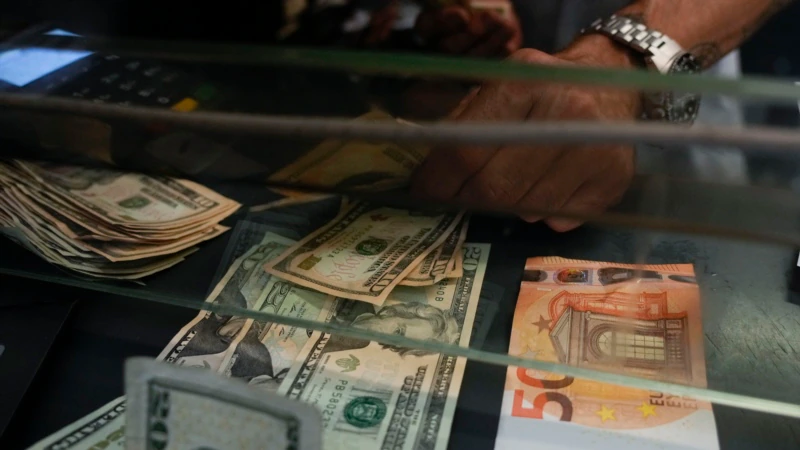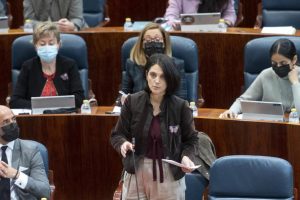Latin American currencies and stock markets rose on Monday, helped by increased investor appetite for risk assets that led to a global decline in the dollar, as fears about the possibility of an aggressive increase in interest rates eased. from the United States.
The euro firmed to a one-week high, benefiting from the dollar’s slide after several Federal Reserve officials signaled they were not in favor of accelerating the pace of rate hikes.
The comments late last week lifted the dollar from two-decade highs and buoyed global stocks and non-greenback currencies, especially the euro. The mood was also generally helped by signs of Chinese stimulus support.
The dollar index, which compares the greenback against a basket of six major currencies, fell 0.7% and moved away from the two-decade highs it touched last week.
The gains were led by the Chilean peso, which climbed 3.09% to 940.70/941.00 units per dollar, driven by the start of the intervention by the Central Bank in which it will inject a total of 25,000 million into the market. dollars between July 18 and September 30.
Meanwhile, the leading index of the Santiago Stock Exchange, the IPSA, rose 0.92% to 4,139.93 units.
The Central Bank of Chile announced on Thursday that it agreed to intervene in the foreign exchange market to prevent possible distortions due to the strong advance of the US currency in recent weeks, which took the peso to a historical low of 1,045.80/1,046.10 units per dollar. .
Likewise, the Colombian peso strengthened 1.12% to 4,310 units per dollar, although it managed to rise up to 1.51% in the first minutes of the market. On the stock market, the MSCI COLCAP stock index climbed 0.63% to 1,282.26 points.
The Mexican peso was trading at 20.3930 per dollar, with a gain of 0.63% against the Reuters reference price on Friday, in an environment marked by lower risk aversion and the weakening of the dollar, after disappointing inflation figures. published last week in the United States.
The appreciation of the peso occurs after the market on Friday began to reduce its speculation about the future of monetary policy in the United States, after several Federal Reserve officials avoided referring to the possibility of an increase in the rate interest rate of 100 basis points, noted Banco Base.
The main stock index S&P/BMV IPC, which includes the 35 most liquid companies in the Mexican market, rose 0.39% to 47,263.09 units, with investors pending the publication of the results of the companies corresponding to the second quarter and the upcoming monetary policy decision of the European Central Bank.
The market is closely following the corporate reporting season, where the results of firms in the financial and technology sector stand out for this week, Monex said.
The Brazilian real appreciated 0.96% to 5.3575 units per dollar, while the Bovespa index of the B3 stock exchange in Sao Paulo climbed 1.43% to 97,929.04 points. In Argentina, the peso fell 0.52% to 128.91 units per dollar in depreciation regulated by the central bank, while the Merval stock index rose 1.98% to 106,291.15 units, encouraged by a better external climate and local hedges in the face of rising inflation and exchange rate pressures.
The new Argentine Economy Minister, Silvina Batakis, recently stated that she is seeking to reduce the high fiscal deficit and fight inflation in an attempt to calm the financial markets.
Peru’s currency, the sol, gained 0.51% to 3.865/3.885 per dollar. Meanwhile, the reference of the Lima Stock Exchange added 1.61%, to 467.34 points.
Connect with the Voice of America! Subscribe to our channel Youtube and turn on notifications, or follow us on social media: Facebook, Twitter and Instagram.













Add Comment